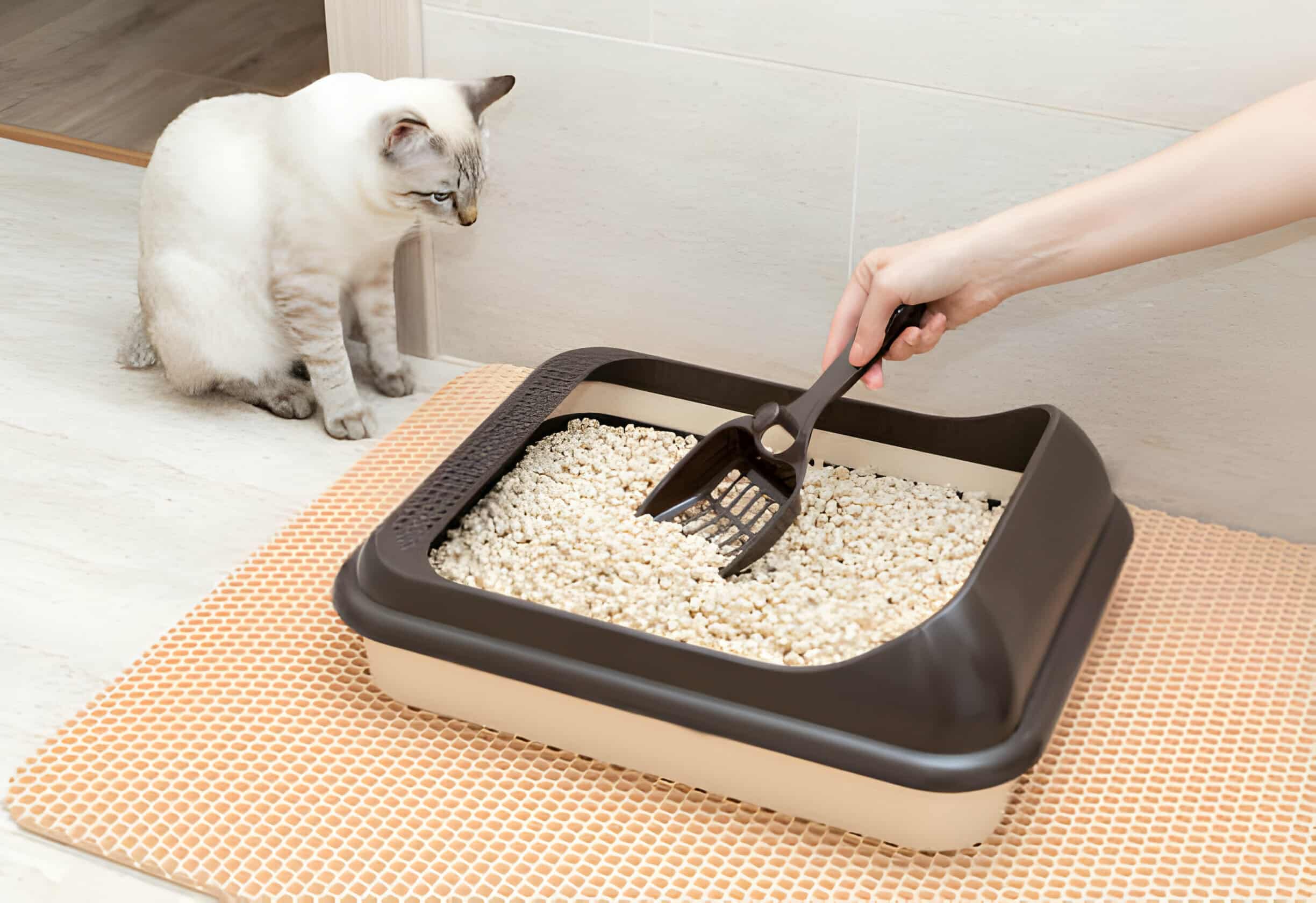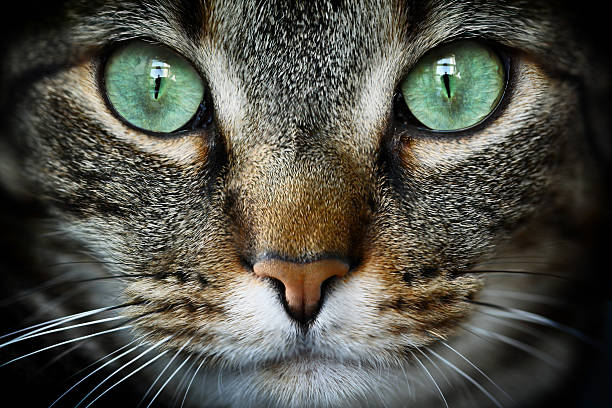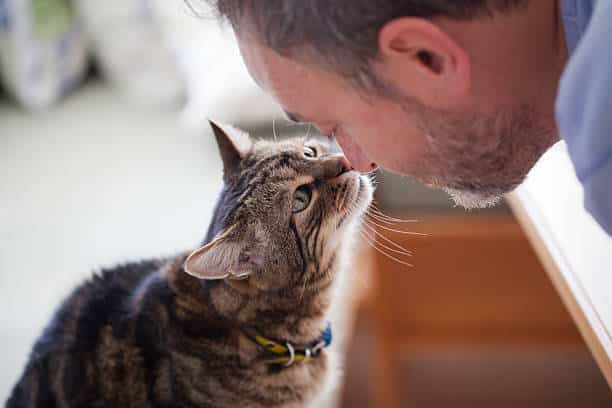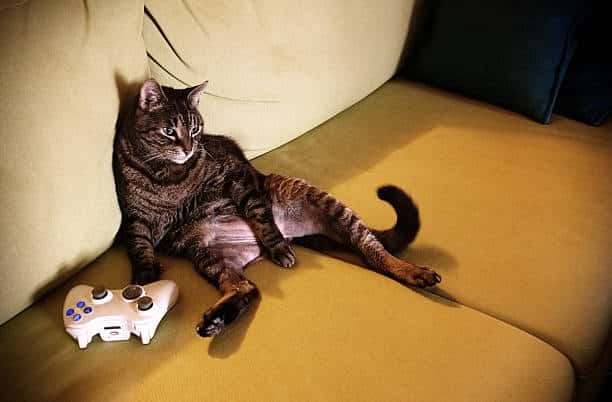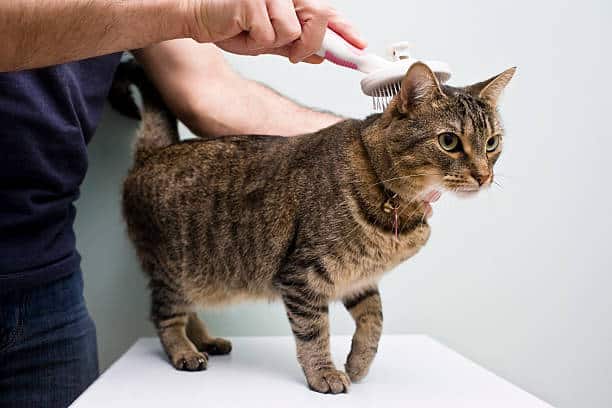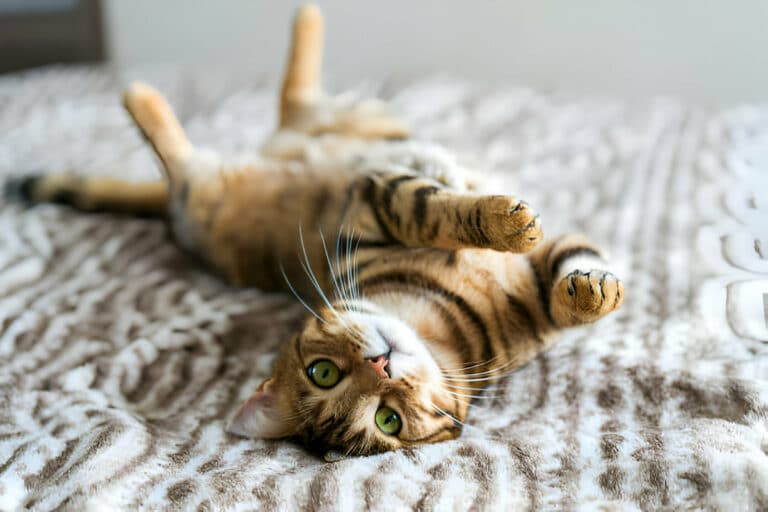Troubleshooting Litter Box Issues With Multiple Cats
Litter box problems can be a common issue for cat owners, especially when there are multiple cats in the household. Cats are known for their cleanliness, so when they start avoiding the litter box, it can be a sign of underlying issues that need to be addressed promptly. From adding more litter boxes to addressing territorial behavior, there are several strategies you can employ to troubleshoot and solve litter box issues when you have multiple feline companions. In this blog post, we’ll discuss common reasons why cats may have litter box issues in a multi-cat home and provide effective solutions to help maintain a harmonious and hygienic environment for your beloved feline friends.
Identifying Common Litter Box Problems
Inappropriate Elimination
The most common litter box problem cat owners face is inappropriate elimination. This is when a cat urinates or defecates outside of the litter box. There are various reasons why a cat may exhibit this behavior, such as medical issues, territorial disputes, stress, or even a dirty litter box.
Territorial Disputes and Stress
An important factor to consider when dealing with litter box problems in a multi-cat household is territorial disputes and stress. Cats are highly territorial animals and may mark their territory by using the bathroom outside of the litter box. Stressful situations such as new pets, moving homes, or changes in routine can also trigger inappropriate elimination.
Litter box problems can often be a result of territorial disputes among cats in the household. Cats may feel the need to mark their territory by urinating or defecating outside the litter box. It’s important to address any underlying stress or territorial issues to help resolve litter box problems in a multi-cat home.
Strategies for Resolving Litter Box Issues
Litter Box Placement and Accessibility
Even the most well-behaved cats can act out if their litter box needs are not adequately met. When you have multiple cats, it’s crucial to ensure that each cat has easy access to a litter box. Place litter boxes in quiet, easily accessible locations throughout your home to prevent territorial disputes or accidents.
Choosing the Right Litter and Box Type
To address litter box issues with multiple cats, choosing the right litter and box type is imperative. Consider using unscented clumping litter, as scented litter can deter some cats from using the box. Additionally, opt for larger litter boxes with low sides to accommodate multiple cats comfortably.
Accessibility is key when it comes to resolving litter box issues in a multi-cat household. Cats are territorial by nature, so having multiple litter boxes placed in different areas can help prevent conflicts and ensure that each cat has a designated space to use the bathroom.
Right litter and box type selection is crucial for maintaining litter box harmony among multiple cats. Cats have individual preferences when it comes to litter texture and box size. Provide a variety of litter options such as clay, silica, or natural alternatives to cater to your cats’ preferences and increase the chances of them consistently using the litter box.
Maintaining a Healthy Environment for Multiple Cats
Cleaning Routines and Practices
Maintaining a clean litter box is vital when dealing with multiple cats. Ensure you have one more litter box than the number of cats in your household. Scoop the litter boxes at least once a day and completely change the litter every 1-2 weeks. Wash the litter boxes with mild soap and water regularly to prevent any lingering odors that may deter your cats from using them.
Monitoring and Managing Inter-cat Relationships
Monitoring your cats’ behaviors and interactions is crucial for maintaining a harmonious environment. Keep an eye out for signs of conflict such as hissing, growling, or hiding. Provide separate feeding and resting areas for each cat to reduce competition and stress. Intervene if you notice any aggressive behavior to prevent escalation.
For instance, if one of your cats is showing signs of aggression towards another cat, it is important to address the issue promptly. Separate the cats and gradually reintroduce them through positive reinforcement techniques like feeding treats when they are in the same room together. Seek advice from a veterinarian or animal behaviorist if the issue persists.
Advanced Solutions and Considerations
- Adjusting Litter Box Placement: Ensuring each cat has easy access to a litter box
- Using Different Types of Litter: Experimenting with various textures and scents
- Increasing Number of Litter Boxes: Providing multiple boxes in different locations
- Addressing Stress Factors: Identifying and resolving sources of stress in the environment
When to Seek Professional Help
With persistent litter box issues that do not improve with home interventions, it may be time to consult a veterinarian or animal behaviorist. They can help identify underlying health problems or behavioral issues contributing to the problem.
Long-Term Management of Litter Box Harmony
When dealing with multiple cats, establishing a routine cleaning schedule and sticking to it can greatly improve litter box behavior. Offering positive reinforcement for desired behaviors such as using the litter box can also encourage long-term success.
Advanced: In cases where cats continue to have conflicts over litter box use, advanced solutions such as pheromone diffusers or prescription medications may be considered. Consulting with a veterinary professional can help determine the best course of action to maintain peace among cats in a multi-cat household.
Final Words
Taking this into account, troubleshooting litter box issues with multiple cats requires careful observation, patience, and consistency. By identifying the root cause of the problem, such as territorial disputes, inadequate litter box access, or medical issues, you can implement strategies to address these issues effectively. Ensuring that there are enough litter boxes available, placing them in quiet and accessible locations, and maintaining a clean environment are crucial steps in resolving litter box problems among your feline companions. Remember to consult with your veterinarian if you suspect any underlying health concerns and to stay proactive in managing your cats’ litter box habits to promote a harmonious and stress-free living environment for all your furry friends.
FAQ
Q: What are some common reasons for litter box issues in households with multiple cats?
A: Cats are territorial animals, and sharing a litter box can lead to conflicts among them. Additionally, some cats may not like the type of litter being used, the location of the litter box, or the cleanliness of the box.
Q: How can I address litter box problems when I have multiple cats in my home?
A: To address litter box issues with multiple cats, aim to have one litter box per cat plus one extra. This ensures that each cat has their own space and can reduce conflicts. Keep the litter boxes clean by scooping them daily and replacing the litter regularly.
Q: What are some strategies for preventing litter box issues in a multi-cat household?
A: Provide a variety of litter box options, including different types of litter and box styles, to accommodate each cat’s preferences. Place litter boxes in quiet, accessible locations away from high-traffic areas to give cats privacy while using the box. Additionally, ensure that your cats have a stable and harmonious relationship to reduce stress and litter box problems.

